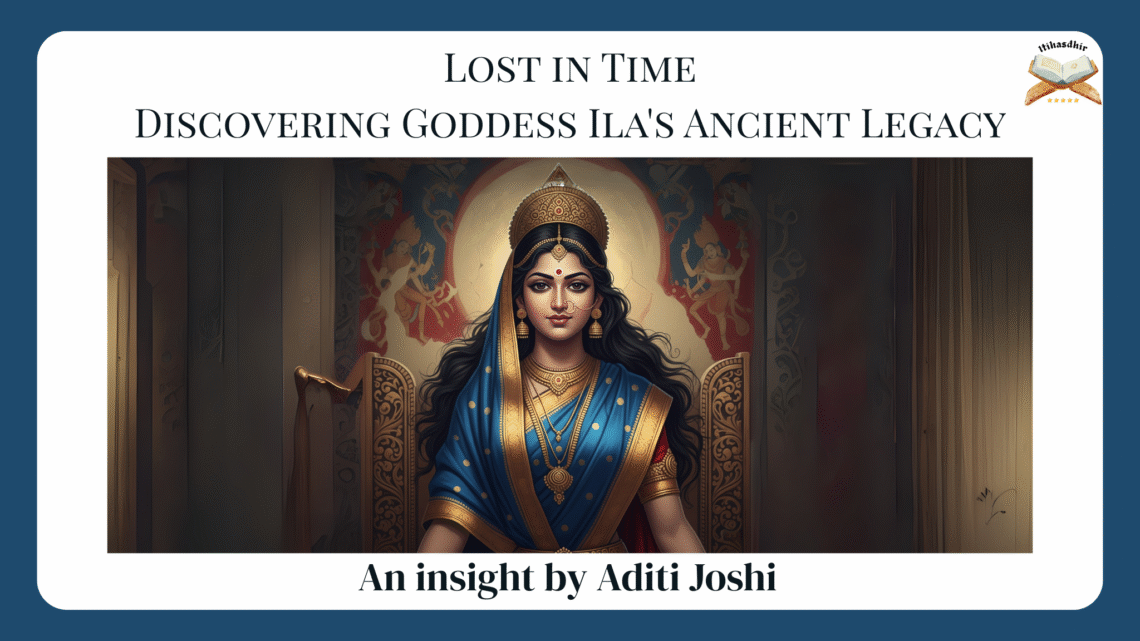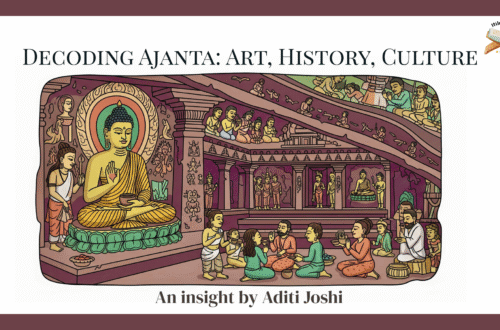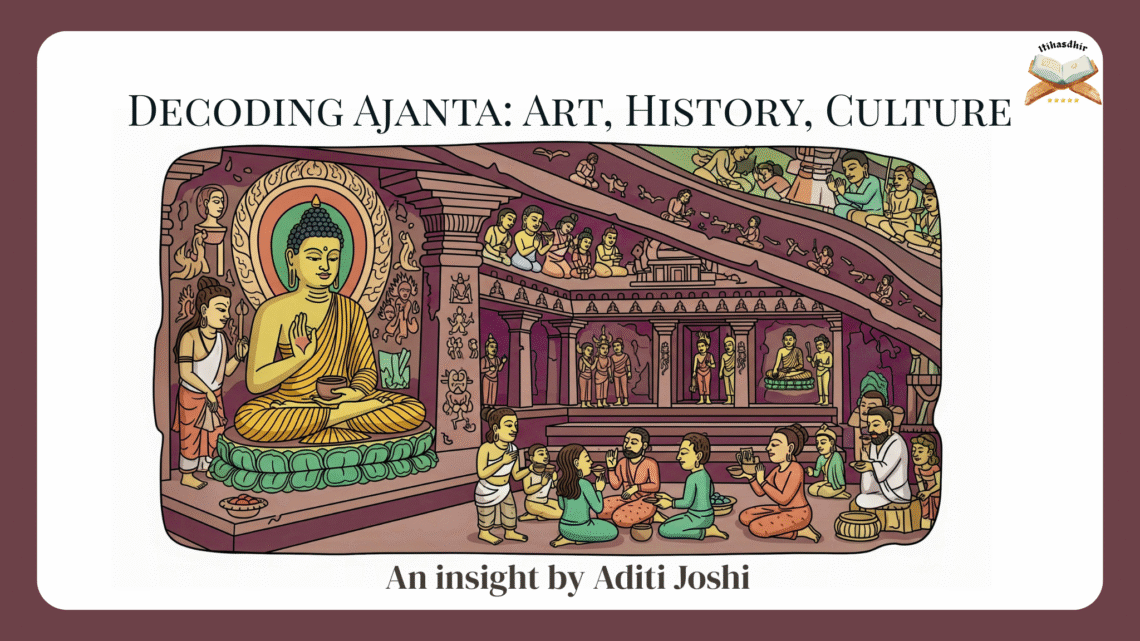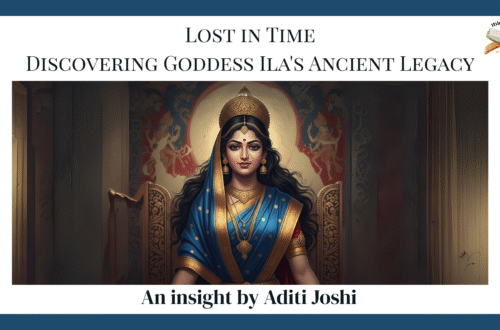Featured
-
Goddess Ila: The Forgotten Matriarch of Vedic India
When we begin to trace the origins of Indian civilization, we often encounter a familiar starting point: Manu Vaivasvata, the archetypal progenitor of humankind in the Indic tradition. While he is most famously associated with the Manu Smriti, a text that was redacted and formalized many centuries later during the post-Vedic period, his legacy predates that code by millennia. Manu Vaivasvata is invoked over twenty times across the Vedic corpus, not merely as a mythical patriarch, but as a moral and legal anchor: the first law-giver, the inaugurator of human society (manushya samaj), and a link between the divine and the earthly order. His role is comparable in scope, though…
-
The Ajanta Caves: A Multidisciplinary Examination of Indic Civilizational Expression
The Ajanta Caves transcend their conventional categorization as archaeological sites, emerging instead as monumental testaments to the Indic civilizational ethos—where Dharma, aesthetic sophistication, and metaphysical inquiry coalesce into an enduring legacy of visual and architectural brilliance. This essay undertakes a multidisciplinary analysis of Ajanta, exploring its geographic anchoring, historical development, artistic modalities, and broader civilizational significance. I. Geographic and Chronological Contextualization Nestled within the Sahyadri ranges of Maharashtra, the Ajanta Cave complex comprises 30 intricately carved rock-cut monuments arranged in a crescent formation along the Waghora River. The geographical seclusion of these caves contributed to their obscurity for centuries, until their rediscovery in 1819 by a British colonial officer—a moment…




